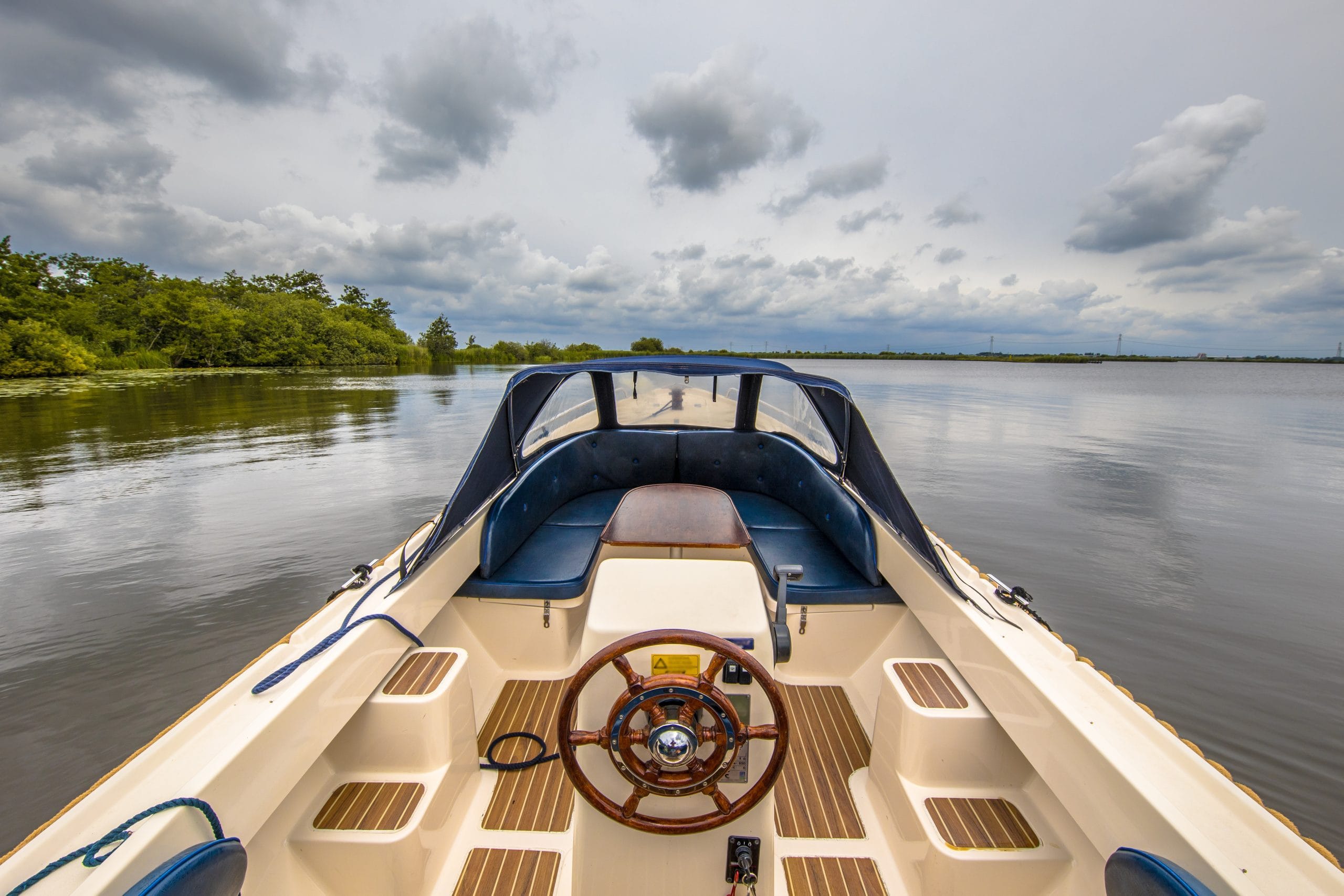


Electric Boats Bringing Sustainability to Marinas

Setting the Course for Change
In recent years the marine industry has witnessed a growing shift, one propelled not just by waves but by batteries. Electric boats are increasingly entering the picture, and marinas are responding by adapting their infrastructure, operations, and service models. For entrepreneurs, marina operators, and business professionals this shift presents both challenge and opportunity. The transformation of marina ecosystems around electric propulsion suggests pathways to competitive differentiation, new revenue streams, and alignment with environmental commitments.
Traditional marinas have been centered on fueling docks, maintenance bays for internal combustion engines, and summer rental fleets powered by gasoline or diesel. That model still dominates many regions. Yet the momentum behind electric propulsion is creating a pivot. Companies like X Shore, which manufacture fully electric boats, are operating alongside forward-looking marinas that partner to expand capacity for charging and silent, emission-free boating. For a business owner or founder looking to enter or expand within the marine services market, understanding how electric boats affect marina design, guest expectations, and revenue models is critical.
Why Electric Boats Matter to Marinas and Business Owners
The shift to electric propulsion carries multiple implications. On the environmental side, electric boats eliminate direct exhaust emissions, remove risks of oil or fuel leaks, and dramatically reduce noise pollution, all of which benefit the water body, local wildlife, and marina neighborhoods. Volta Yachts notes that these benefits extend beyond the boats themselves, creating cleaner air and quieter harbors that attract new visitors and investors. From a business standpoint these vessels often require less mechanical maintenance, fewer moving parts, and can form part of a premium guest experience characterized by quiet cruising, clean waterfronts, and next-generation equipment.
For a marina operator or investor the arrival of electric boats offers a chance to upgrade infrastructure, create new service tiers, and capture early adopter customers. According to industry commentary, marinas that integrate fast-charging docks, shore-power upgrades, and app-based monitoring can position themselves as future ready. Marina Dock Age reports that this means installing higher capacity circuits, potentially partnering with local utilities for load management, and including amenities that serve electric boat users such as prioritized slips, overnight charging bookings, or bundled membership services.
Many business-minded marinas will view this transition as more than a cost item; rather, it is an investment in a differentiated offering. The ability to advertise “EV marine ready” or “silent, no fossil fuel cruising” is attractive to environmentally conscious boaters and charter companies alike. The emerging market of boaters who prioritize sustainability want marinas that reflect their values.
Infrastructure and Operational Shift at Marinas
One of the more practical considerations for entrepreneurs and operators is what infrastructure changes will be required to accommodate electric boats and how to monetize those changes. As noted in marine industry commentary, the steps include upgrading shore power so that each slip or key slips have access to sufficient electrical current. Many marinas already supply AC power for dockside services, but electric boat adoption may call for higher capacity circuits or even DC fast-charging approaches. Marina Dock Age highlights this as a key early step in marina modernization.
Slip layouts and charging station placement must also be planned so that vessels of different sizes, from small recreational electric boats to larger electric yachts, can access charging conveniently without blocking traffic. Charged Up Pro emphasizes the importance of layout optimization and safety protocols in the process. Integrating renewable energy such as solar panels, wind, or battery storage can further reduce grid dependency and lower operational costs. Several marinas are now exploring solar arrays to supply charging stations at the dock. Digital tools also play a role, from apps for booking charging slots to monitoring energy usage and enabling billing.
Training staff and building partnerships with electric boat manufacturers and service providers create a foundation of knowledge and trust with clients. Electric propulsion requires different diagnostic tools than internal combustion engines, and marinas that offer this expertise stand out in competitive markets. From a revenue perspective, operators can introduce premium “eco marina” slip rentals that include on-dock charging and priority service. Rental fleets of electric boats also represent an avenue for attracting new customers such as urban boaters and corporate retreat organizers who value silent, sustainable experiences.
Entrepreneurs might also partner with manufacturers for co-branded activations, show-case events, or demo days. For instance, X Shore has partnered with marinas to offer electric boat access as part of membership benefits. This positions marinas not just as service providers but as forward-thinking destinations.
Competitive Advantages and Market Dynamics
With the marine electrification trend still in its early phases, marinas that act now may capture first-mover advantages. The market for electric boats has shown strong growth potential, estimated at about 5 billion USD in 2021 with projections reaching 16.6 billion USD by 2031. EV Magazine attributes this rise to technological advances, environmental awareness, and changing consumer preferences.
Operating a marina that supports electric boats can help broaden your target market. You are not just appealing to traditional boat owners but to a new breed of eco-sensitive and tech-savvy customers. Companies like Navier are designing high-performance electric hydrofoil boats and creating new use cases for waterways such as commuter shuttles or premium leisure craft. The result is that marinas become part of a lifestyle brand as well as a utility base.
Another advantage lies in operating cost reduction. Electric motors have fewer moving parts, less frequent servicing, and lower fuel costs. While boat owners benefit directly, marinas benefit indirectly through reduced wear and tear, less fuel-storage liability, and quieter, cleaner environments that enhance property values and slip rental rates.
Still, the transition presents challenges including grid capacity, load management, upfront investment, and evolving technology standards. Marinas that succeed will be those that integrate risk management, scale thoughtfully, and partner with manufacturers and utilities to share cost and expertise.

An Entrepreneur’s Roadmap: Entering the Electric Marina Space
For business owners looking to move into this space or reposition an existing marina, a structured approach helps. Begin with market assessment and positioning. Study your region’s boating market and determine what percentage of existing boat owners would consider electric. Identify whether your beachhead is in leisure boating, charter services, commuter water taxis, or luxury electric yachts. Your positioning should reflect the segment you want to attract.
Next, develop an infrastructure investment plan. Start with basic shore power upgrades for a subset of slips, possibly focusing on rental fleets first. Consider charging capacity, cable management, safety systems, billing, and monitoring technology. Evaluate renewable energy options such as solar or battery storage to offset electricity costs.
Define your service proposition and revenue model. Options include premium slip rentals with charging included, pay-per-charge billing for transient boaters, or membership tiers with value-added services like concierge charging scheduling. You could manage rental fleets, host events, or create partnerships with manufacturers to expand visibility.
Establish partnerships with electric boat manufacturers, charging equipment suppliers, software developers, and local utilities. Branding your marina as “electric ready” or “eco marina” can attract customers who prioritize sustainability and innovation. Marketing should emphasize reduced noise, zero fuel spills, premium guest experiences, and future readiness.
Finally, focus on operational readiness. Staff should understand battery diagnostics, charging safety, software updates, and customer education. As adoption grows, scalability and load management will be vital to avoid peak-demand charges and keep service smooth.
Case Examples and Industry Traction
Several companies illustrate how electric boating is gaining traction. X Shore, a Swedish manufacturer of fully electric boats, has partnered with marinas to offer silent, fossil-fuel-free boating experiences. Industry reports suggest marinas are already designing the “fuel dock of the future” where charging stations replace or supplement traditional pumps. Marina Dock Age describes this as part of a wider transformation toward green marina models.
These developments prove the shift is real. Electric boats are appearing in rental fleets, tourism operations, and luxury craft segments, while infrastructure and service models evolve to meet their needs.
Challenges to Navigate
Electric boat charging places higher demands on electrical infrastructure than many marinas have historically managed. Upgrading shore power, installing conduits, wiring, billing systems, and permits requires capital and coordination with utilities. Charged Up Pro notes that load analysis and circuit modifications are often essential before installing fast chargers.
Downtime and user experience also matter. Boaters accustomed to quick refueling may expect similar speed from electric charging. Battery range, load constraints, and differing charge times must be considered in scheduling and slip management. Poor planning can lead to frustration and negative impressions.
Technology standards are another hurdle. Battery capacities, connector types, and charging protocols evolve rapidly. Choosing modular, upgradeable systems and forming long-term vendor relationships with service guarantees helps reduce the risk of obsolescence.
Lastly, marina operators must align investment with realistic adoption curves. The number of electric boats today may be small, but it is growing. A phased, scalable investment plan minimizes financial strain and positions marinas for steady growth.
Looking Ahead: Business Opportunities Beyond Slip Rental
The transition to electric boats creates new business models beyond traditional slip rental. Marinas can build rental fleets of electric boats, offering silent cruises, eco-tours, and corporate retreats that appeal to sustainability-minded clients. Charging and service subscriptions can provide recurring revenue while offering convenience to slip owners. Data from smart charging stations can reveal usage patterns, informing predictive maintenance or energy optimization strategies.
Partnership models also extend marketing reach. Hosting demo days or branded collaborations with electric boat manufacturers can attract customers and generate local media interest. Additionally, marinas investing in sustainable infrastructure can pursue environmental certifications that strengthen credibility and market appeal.
Final Thoughts
The rise of electric boats is reshaping marina operations, positioning, and profitability. For entrepreneurs and business professionals in the marine sector, the opportunity lies not just in switching propulsion types but in rethinking service delivery and customer experience. Marinas that act early, plan strategically, and align with sustainability trends will evolve from slip lessors to destination hubs for a new generation of boaters. The waters are changing, and those ready to navigate this transformation will find new routes to growth.





